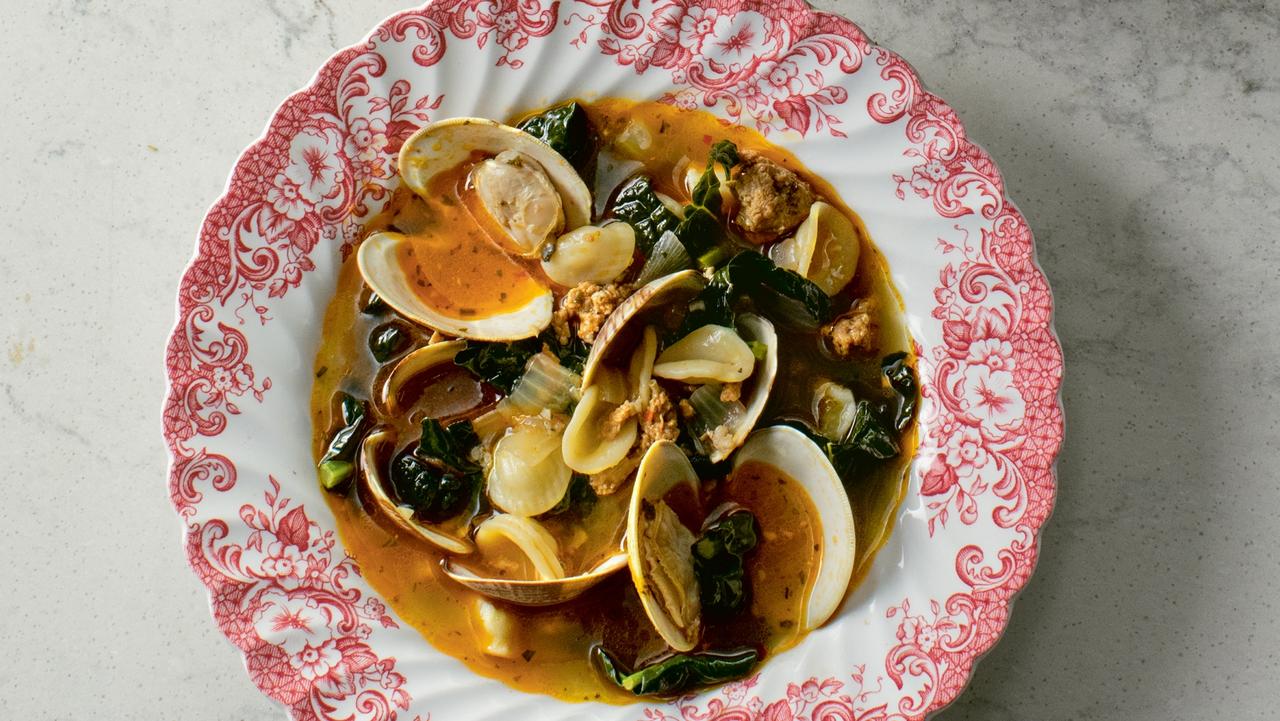Spectacular waratahs: worth the fuss for this native flower
This iconic floral emblem for NSW is starting to flower now, but it’s illegal to pick them from the bush. How do you get these beauties to bloom in your garden?

Waratahs are iconic Australian flowers and the floral emblem for NSW. They’re starting to flower now, but it’s illegal to pick them from the bush. The plants are evergreen shrubs around 1.5m-3m tall with tough, leathery leaves, but the spectacular flowers last for many weeks on the bush and for two weeks or more as a cut flower. Waratahs are characteristically red, but there are also pink, white and yellow varieties. There are five species, the best-known being Telopea speciosissima, found within about a 200km radius of Sydney. The Gippsland waratah (T. oreades) is from northeastern Victoria and T. truncata is from Tasmania. They’re not the easiest plants to grow as they’re adapted to low-nutrient, extremely well-drained soil. A slightly acidic, sandy loam to a depth of 1m is ideal, lightly mulched with leaves and shredded bark of native trees. Use only low-phosphorus, native fertiliser once a year. If possible, add a handful of soil from the base of an established waratah to introduce beneficial soil microbes.
Colour palette
New hybrid waratah varieties extend the colour range and flowering period, and some are smaller. Essie’s Gift is a compact 1.5m with pink flowers.
The Wild Brumby series includes cream, pink and red varieties. Enchanted Red features white-tipped red flowers, and Fire and Brimstone is similar. The Shady Lady series offers red, pink, white and yellow varieties.


Q&A
I’ve grown pickling cucumbers successfully all my life (I’m 80) but now they mature very bitter. What’s wrong?
Maria S, Armidale, NSW
The bitterness is from a natural compound, cucurbitacin, also found in zucchinis. It usually stays in the leaves and stems but can increase within the fruits from stress factors such as extreme heat and cold, temperature fluctuations and dry or undernourished soil. Peeling them and removing the stem end helps remove some of the bitterness. Pickling won’t reduce the cucurbitacin (which incidentally causes the burp factor) but pickling in a sweet brine can help counteract bitterness.
Does adding coffee grounds to my compost or around fruit trees improve soil health?
Sandra Charlton, Gordonvale, Queensland
Spent coffee grounds are great to add to the compost or soil in moderate amounts. They have some nitrogen plus trace amounts of phosphorus, potassium, magnesium and copper. As a source of organic matter, they improve soil structure, increase water and nutrient holding capacity, and boost biological activity. Although slightly acidic, they’re unlikely to affect soil pH. Fresh spent coffee grounds actually inhibit the growth of seedlings (larger plants can cope) but composting decomposes the toxins that cause this.
My large country garden is routinely invaded by kangaroos that nip and trample plants. Does the poo they leave behind have any nutritional value as a “give back”?
Sue Preston, Kilmore, Victoria
There’s scant research on this but ‘roo poo is likely to be similar to sheep poo, with only small amounts of nutrient. However, it’s a good source of organic matter. It can contain bacteria such as E. coli, which requires hot composting to destroy if using on food crops.
Send your questions to: helenyoungtwig@gmail. com. The best question for August wins the Son of Prong, worth $108, from the Australian-invented range of digging tools to penetrate hard soil, lever out rocks and lift plants. Various sizes and 25% discount at prong.com.au.




To join the conversation, please log in. Don't have an account? Register
Join the conversation, you are commenting as Logout